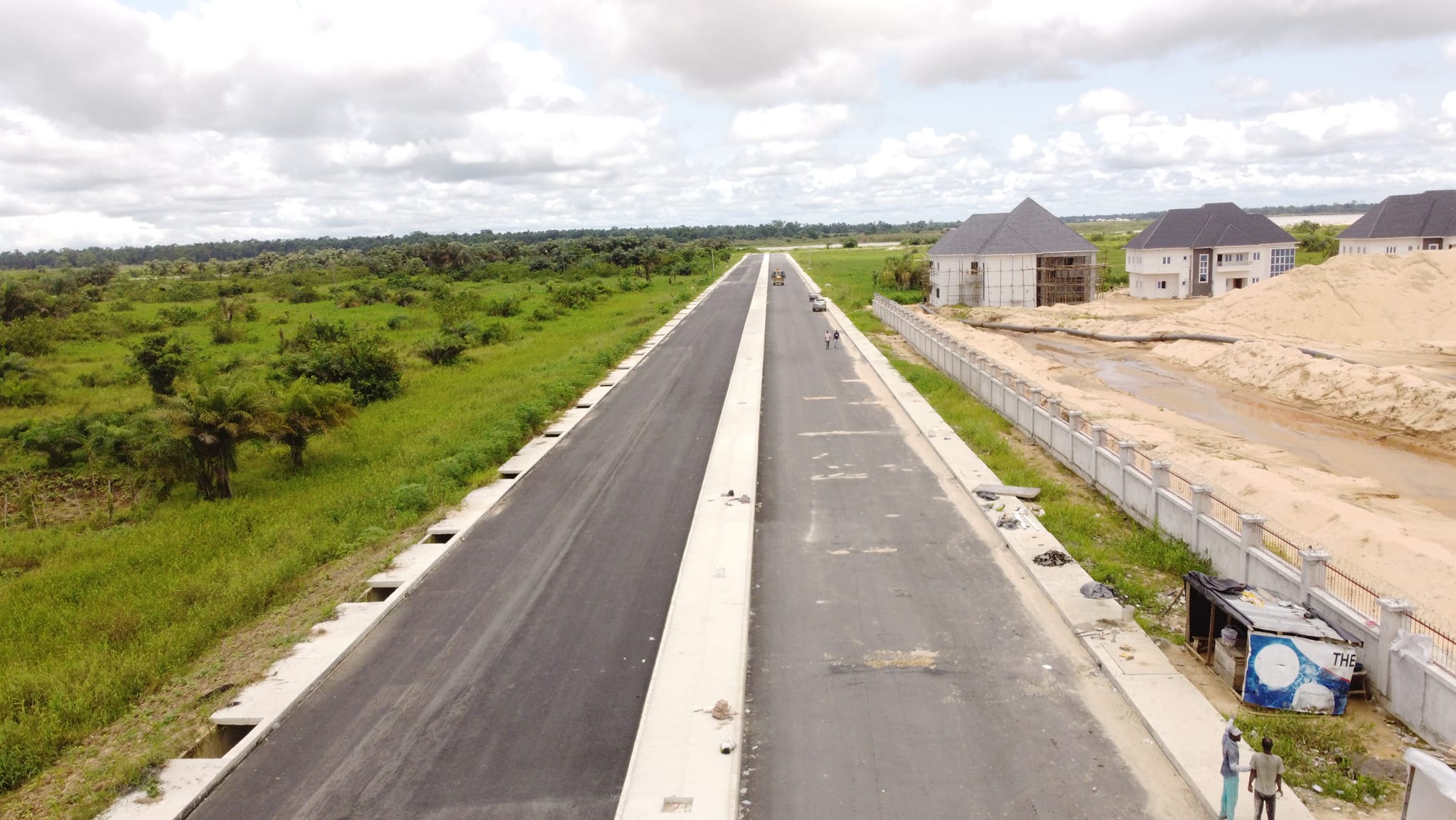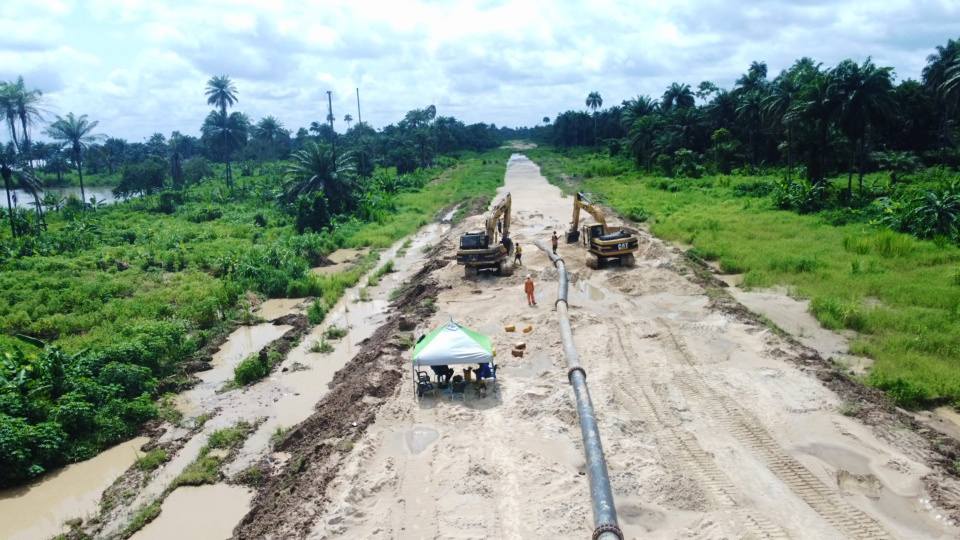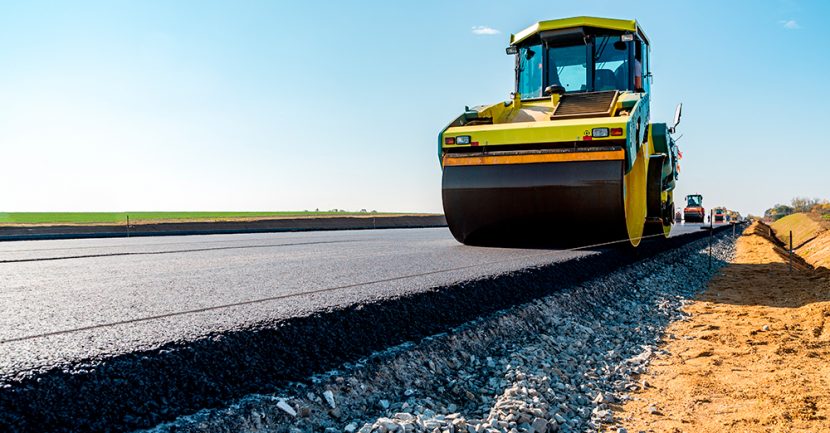Asphalt roads are a crucial part of our transportation infrastructure, providing a safe and efficient way to travel. However, constructing asphalt roads in the Niger Delta region poses unique challenges due to its swampy terrain. In this article, we’ll explore the complexities of asphalt road construction in this region and highlight the measures taken to overcome them.
The Challenges of Swampy Terrain
The Niger Delta region is characterized by its dense network of rivers, creeks, and swamps. This terrain poses significant challenges to asphalt road construction, including:
- Soft Soil Conditions: The high water table and soft soil in the Niger Delta region can compromise the stability of the road.
- Flooding and Waterlogging: Frequent flooding in the region can damage the road and disrupt traffic flow.
- Geotechnical Instability: The swampy terrain can lead to geotechnical instability, causing the road to shift or collapse.
- High Cost Implications: The challenging terrain and environmental conditions in the Niger Delta region result in higher construction costs.
Overcoming the Challenges
To overcome the challenges of asphalt road construction in the Niger Delta region, engineers and contractors employ specialized techniques and materials, including:
- Geotechnical Investigations: Conducting thorough geotechnical investigations to determine the soil’s bearing capacity and stability.
- Piling and Deep Foundations: Using piling and deep foundations to transfer the weight of the road to a more stable layer of soil.
- Drainage Systems: Designing and installing effective drainage systems to prevent waterlogging and flooding.
- Specialized Materials: Using specialized materials, such as geotextiles and asphalt additives, to improve the road’s stability and durability.
Thickness of Asphalt Pavement
The thickness of asphalt pavement is critical to its performance and longevity, especially in challenging terrains like the Niger Delta. Typically, the thickness varies depending on the type and expected load of the road:
- Local Roads: For local roads with lighter traffic, the asphalt layer is generally around 50-75 millimeters (2-3 inches) thick.
- Collector Roads: These roads, which connect local roads to arterial roads, usually have an asphalt thickness of about 75-100 millimeters (3-4 inches).
- Arterial Roads: Major roads that handle a higher volume of traffic, such as highways and expressways, often have asphalt layers ranging from 100-150 millimeters (4-6 inches).
- Highways and Major Roads: In areas with extremely heavy traffic, the asphalt pavement thickness can exceed 150 millimeters (6 inches) to ensure durability and longevity.

Successful Projects in the Niger Delta
Despite the challenges, several successful asphalt road construction projects have been completed in the Niger Delta region. These projects demonstrate the effectiveness of specialized techniques and materials in overcoming the challenges of swampy terrain. Examples include:
- The East-West Road: A major highway connecting the eastern and western parts of the Niger Delta region.
- The Warri-Ughelli Road: A critical road linking the cities of Warri and Ughelli in the Niger Delta region.
- Nembe-Brass Road: An important road in Bayelsa State that will take goods and services to communities at the belt of the Atlantic Ocean.
Conclusion
Asphalt road construction in the Niger Delta region is a complex and challenging task. However, by employing specialized techniques and materials, engineers and contractors can overcome the challenges of swampy terrain and deliver successful projects. These projects not only improve transportation infrastructure but also contribute to the economic development and growth of the region.







